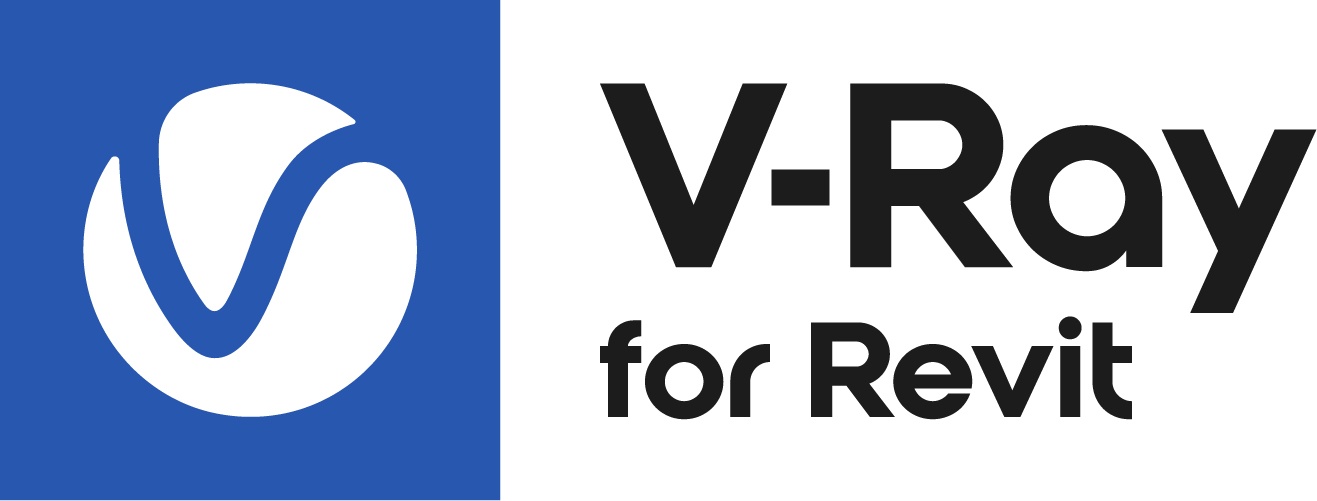Overview
The Paths & Sharing tab found in the Settings window combines options for exporting .vrscene files, sharing V-Ray for Revit settings across projects, and setting asset paths.
V-Ray Scene Export Options
Options specific to exporting a V-Ray Scene.
Export Compressed – When enabled, compresses geometry information so that the resulting .vrscene file is smaller. Only valid if Use HEXformat is enabled.
Use Hex Format – Writes geometry information as binary data in order to preserve the data exactly, without the round-off errors introduced by conversion to human-readable form.
Export As Archive – The exported .vrscene is combined with all externally linked V-Ray assets including materials, textures, and IES files into a 7zip file.
Asset Paths
Specifies search paths that V-Ray uses to look for materials and geometries at render time.
Use the Add button to locate a path and add it.
Use the Remove button, in case you want to remove a path.
Additional render appearance paths specified in Revit are added automatically to V-Ray's Asset Paths on each start of a new Revit session.
Settings
You can choose between Default mode and Sharing mode.
Default
Displays all V-Ray settings that were modified from their default value in a grid view table.
Reset – You can selectively reset their V-Ray settings to default.
Set As Default – Starts using the current V-Ray settings as default, i.e. they will be used every time when starting a new project.
Purge button () – Deletes all V-Ray materials and resets your V-Ray settings (including material mappings, rpcs, vrscenes, proxy meshes, textures, override materials, etc.) to their defaults.
Sharing
Categories – Select which categories of V-Ray for Revit settings to be exported or loaded. The following categories are supported:
V-Ray Material - Includes all V-Ray materials saved within the project
V-Ray Mapping - Includes the associations between Revit materials and V-Ray ones
To import V-Ray materials properly, make sure that in both projects, the one you export from, as well as the one you import to, the corresponding Revit materials have the same names.
Environment – Includes Environment settings, as well as Sun and Dome Light settings.
Channels – Include all enabled render elements in the current scene.
Geometries – Include all RPC overrides with V-Ray Geometries (.vrmesh or .abc files).
Camera – Includes all settings from the V-Ray Camera Settings dialog.
Swarm – Includes all distributed rendering settings: Swarm on/off, Goal (resource usage), Auto-Discovery on/off, Coordinator IP, Tags.
Export – Exports the selected Categories to an .xml file which can be loaded further in another project.
Load – Loads the selected Categories from an .xml file to the current project. The settings which are exported to the .xml file and differ from the current project’s settings will appear in the Import List below. Users select which settings they want to import by unchecking those they do not want.
Load from Project Storage – In case the Revit project is workshared, allows for loading other coworkers' settings and adopting them. Note that when you import those settings, yours will be overridden.
Import – Imports the selected settings from the Import List into the current project.
Discard – Clears the Import List, in case you want to load another .xml file.






